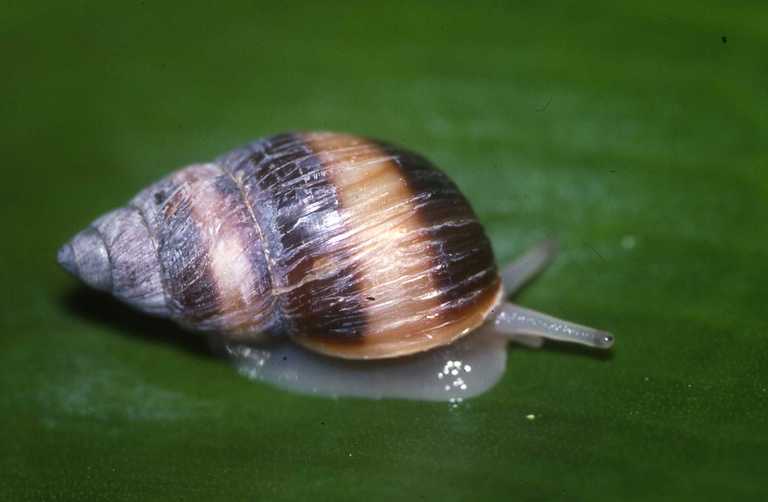They were living off the microbes in the surface scum of pools, which in turn were feeding on hydrogen sulfide from hot springs.

What is nearly always most arresting in any ramble through the scattered disciplines of modern science is realizing how many people have been willing to devote lifetimes to the most sumptuously esoteric lines of inquiry. In one of his essays, Stephen Jay Gould notes how a hero of his named Henry Edward Crampton spent fifty years, from 1906 to his death in 1956, quietly studying a genus of land snails in Polynesia called Par tula. Over and over, year after year, Crampton measured to the tiniest degree — to eight decimal places — the whorls and arcs and gentle curves of numberless Partula, compiling the results into fastidiously detailed tables. A single line of text in a Crampton table could represent weeks of measurement and calculation.












